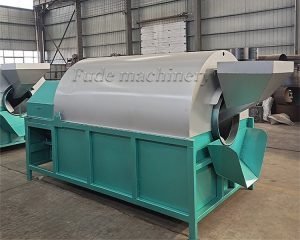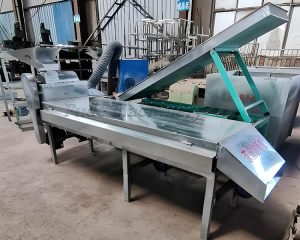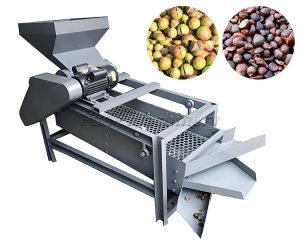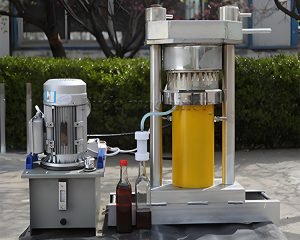Comparing Chemical and Physical Oil Refining?
Crude oil holds many impurities. You need clean, pure oil. Refining gives you safe, high-quality oil.
Chemical refining uses alkali to remove free fatty acids. Physical refining uses high temperature steam distillation. Choosing one depends on your oil type and what you want the final oil to be like.

Let us look closely at each refining process. We will explain the steps involved. We will also discuss the good points and bad points of each method.
What are the Main Steps in Chemical Refining?
Crude oil needs cleaning. Chemical refining follows several steps. Each step removes specific impurities from the oil.
Chemical refining usually includes degumming, neutralization, washing, drying, bleaching, and deodorization. Alkali is the key substance used for the neutralization step.Refining machines can help us deal with this problem well.

Here are the main steps in chemical refining:
| Step | Purpose | Key Agent (if any) |
|---|---|---|
| Degumming | Remove gums | Water/Acid |
| Neutralization | Remove FFAs | Alkali (NaOH) |
| Washing | Remove soap traces | Water |
| Drying | Remove water | Vacuum/Heat |
| Bleaching | Remove color | Bleaching Earth |
| Deodorization | Remove odor/flavor/trace FFAs | Steam + Heat + Vacuum |
What are the Main Steps in Physical Refining?
You might want to avoid chemicals. Physical refining uses different steps. High heat and steam are the main tools used in this method.
Physical refining includes degumming, bleaching, and then simultaneous deacidification and deodorization. It does not use alkali for neutralization.
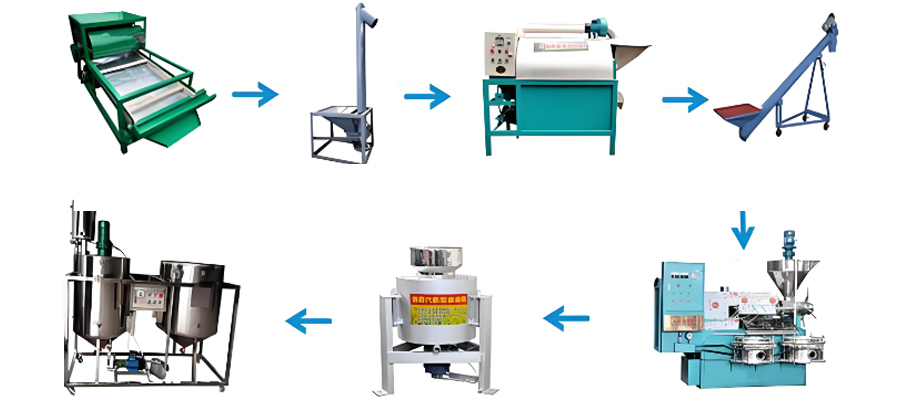
Here are the main steps in physical refining:
Degumming
This step removes phospholipids, like in chemical refining. It is often done using acid degumming. Acid converts non-hydratable gums into hydratable gums. Then water is added to remove the gums. Sometimes enzymes are used too. Proper degumming is important for physical refining. It prevents problems in the later high-temperature step.
Bleaching
Bleaching removes color pigments. It also removes certain other impurities. It uses bleaching earth. This is the same as in chemical refining. The bleaching earth adsorbs color and impurities. It is then filtered out. This step makes the oil lighter. It also removes some substances that could cause issues during deodorization.
Deodorization/Deacidification
This is the core physical step. It removes Free Fatty Acids (FFAs) and odor-causing compounds together. The oil is heated to a very high temperature. This is usually between 240°C and 260°C. Steam is injected through the oil. This is done under a high vacuum. The high heat and vacuum, combined with steam, strip away the volatile FFAs and odor compounds. They evaporate and are carried away with the steam. This step gives the oil low acidity and a neutral smell/taste. It combines two functions into one step.
Why Choose Chemical Refining for Your Oil?
You need a strong method for cleaning oil. Chemical refining offers certain benefits. It works well for many different types of crude oils.
Chemical refining is very effective for oils that have high levels of free fatty acids. It gives consistent and predictable results. It is a process that has been used for a long time and is well understood.
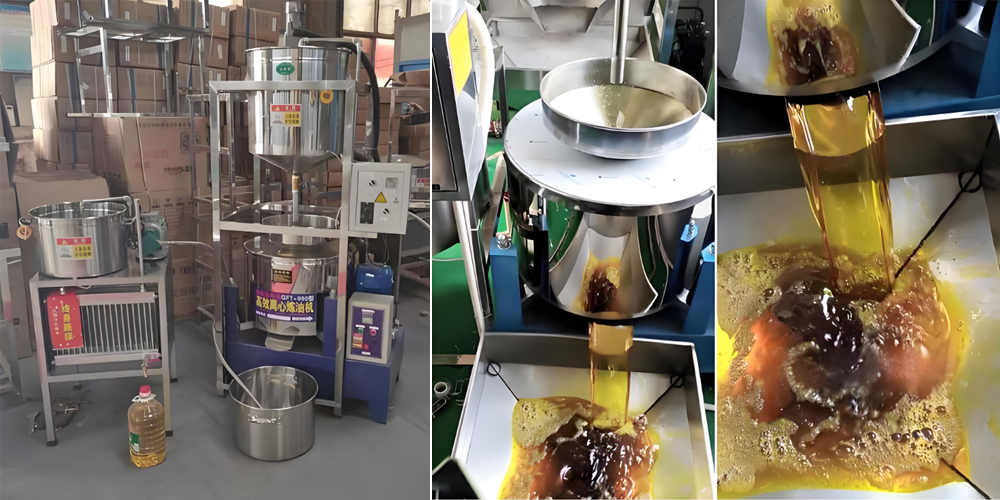
Here are some reasons to choose chemical refining:
Handles High FFAs
Chemical refining is excellent at removing high levels of FFAs. The alkali directly reacts with the acids. This makes it suitable for crude oils with poor quality. Oils that have been stored for a long time might have high FFAs. Chemical refining can handle these oils.
Consistent Quality
The chemical refining process is well-controlled. Each step is specific. This helps achieve a consistent final oil quality. It is easier to predict the outcome. This is important for maintaining product standards.
Versatility
Chemical refining can be used for a wide variety of crude oils. It works for soybean oil, sunflower oil, rapeseed oil, and many others. It is not as sensitive to gum content as physical refining can be. This makes it a flexible choice for different raw materials.
Which Refining Method Suits Your Oil Best?
How do you decide which method to use? The best choice depends on several factors. You should consider the type of crude oil you have and what your goals are.
Choose chemical refining if your crude oil has high FFA levels. Choose physical refining for oils like palm oil that are low in gums and relatively low in FFAs. You should also consider your costs and environmental goals.
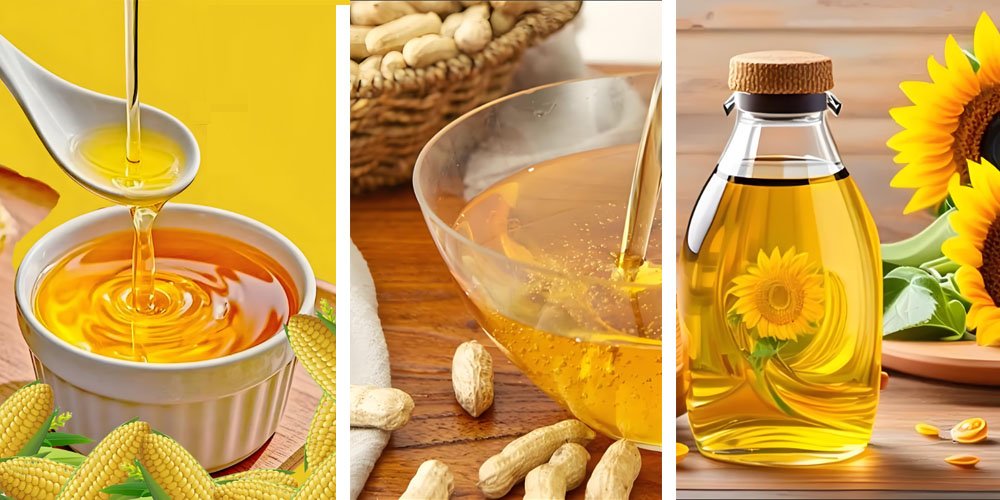
Here are factors to consider when choosing:
Oil Type
Certain oils are naturally more suited to one method. Palm oil, palm kernel oil, and coconut oil often have lower gum content. They are frequently refined using physical refining. Soybean oil, rapeseed oil, and sunflower oil usually have higher gum content. They are often refined chemically. Or they use an acid degumming step followed by physical refining. The oil’s natural composition is a key factor.
Crude Oil Quality
The quality of the crude oil you start with matters a lot. If your crude oil is already low in gums and FFAs, physical refining is a good option. If the crude oil quality is poor, with high FFAs or difficult gums, chemical refining or robust pre-treatment for physical refining is needed. Knowing your crude oil’s properties is essential.
Economic Factors
Compare the costs of each method. Chemical refining has costs for chemicals and soapstock disposal. There is also the cost of oil loss. Physical refining has higher energy costs for high heat and vacuum. The investment cost for equipment also differs. Calculate the total cost of ownership and operation for each method.
Environmental Regulations
Consider the environmental rules in your location. If there are strict limits on wastewater discharge, physical refining might be a better choice. It produces much less wastewater. If air emissions from deodorization distillate are a concern, both methods need proper handling systems.
How Does Equipment Differ?
The machinery needed for each refining method is different. You need the correct machines for your chosen process. We at Fude Machinery offer equipment for both methods.
Chemical refining requires separate tanks for each step: neutralization, washing, drying, bleaching. Physical refining relies heavily on a specialized deodorizer/deacidifier column that handles high temperatures and vacuum.
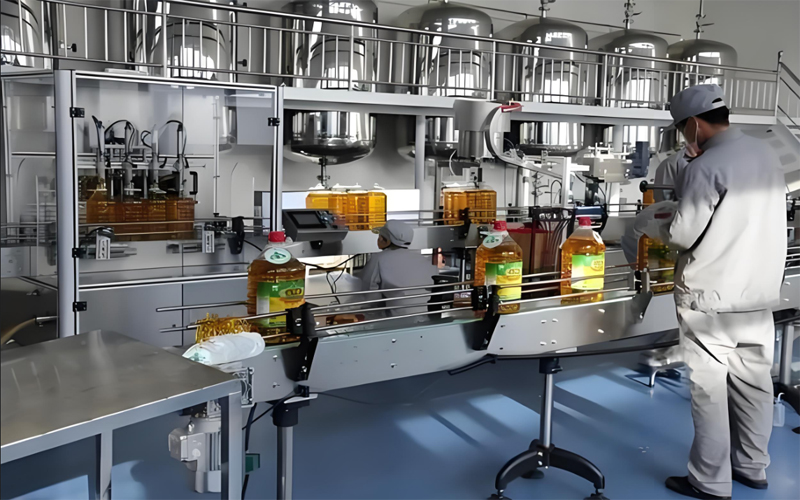
Here is how the equipment varies:
Chemical Refining Equipment
This method uses a series of tanks and vessels. You need tanks for degumming and neutralization. You need tanks for washing the oil. There are vacuum dryers for removing water. Bleaching is done in a tank. Deodorization uses a tower or column. You also need pumps, heat exchangers, and centrifuges to separate soapstock. The system involves moving oil through these different stages.
Physical Refining Equipment
Physical refining also needs tanks for degumming and bleaching. The main difference is the deacidifier/deodorizer. This is a tall column designed to work under very high temperatures and high vacuum. It often has trays or packing inside. It requires a strong vacuum system, like steam jet ejectors or vacuum pumps. It also needs a system to generate and inject stripping steam. The setup focuses on this high-temperature, high-vacuum stripping process.
Fude Machinery Solutions
Zhengzhou Fude Machinery understand both chemical and physical refining. We supply complete sets of equipment for both types of plants. We can design a full production line for you. This includes pre-treatment, pressing, and refining. We offer customized solutions. We look at your specific needs. We consider your raw material, desired capacity, and product goals. We build robust and efficient machines for either method. We provide equipment for degumming, neutralization, bleaching, deodorization, and all related steps.
Related recommendations
-
Advantages and disadvantages of drum frying machine
394Drum frying machine is a commonly used equipment for frying various dry goods
View details -
What are the types of tea seed peelers
351Tea seed peelers can be classified into various types based on factors such as function, size, and applicable scenarios
View details -
Application scenarios of tea seed peeling machine in oil tea fruit processing
386Oil tea fruit processing, tea oil production, deep processing of agricultural products, scientific research and teaching, family and small-scale farms
View details -
What is the application scope of hydraulic oil press
315Hydraulic oil press is a device specifically designed for extracting various vegetable oils
View details
 Oil Press Equipment and Oil Refining Machinery for Sale – Start Your Oil Press Business
Oil Press Equipment and Oil Refining Machinery for Sale – Start Your Oil Press Business
